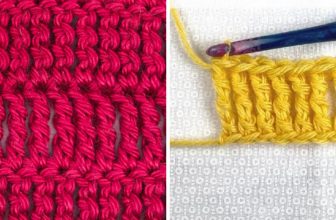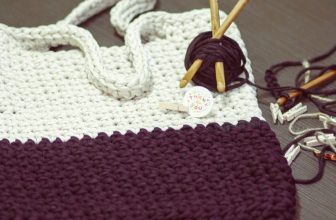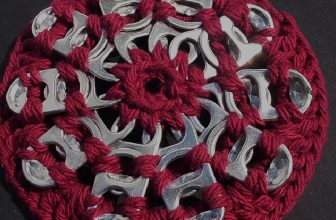How to Hold a Crochet Hook and Yarn
Crochet is a delightful and creative craft that allows individuals to create a variety of items, from delicate lace to cozy blankets. At its core, crochet involves using a hooked needle to interlock yarn into intricate patterns. Understanding how to hold the crochet hook and yarn correctly is essential for beginners, as it sets the foundation for developing effective technique and achieving beautiful results.
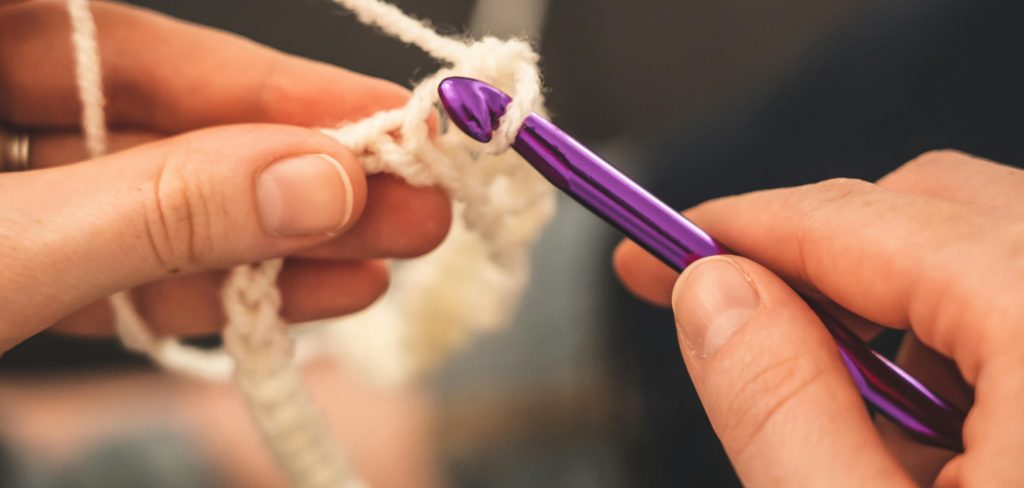
This guide will provide step-by-step instructions on how to hold a crochet hook and yarn to ensure that your grip is comfortable and efficient, making your crochet experience enjoyable and productive.
Benefits of Good Technique
Mastering proper technique in crochet significantly enhances both the quality of your work and your overall enjoyment of the craft. Firstly, a correct grip on the crochet hook and yarn reduces the risk of hand fatigue and discomfort, allowing for longer crafting sessions without strain. Additionally, good technique leads to consistent tension in your stitches, resulting in a more polished and uniform appearance in your finished pieces.
This consistency is particularly crucial for projects like garments or blankets, where uneven stitches can affect sizing and aesthetics. Furthermore, as you develop better technique, you’ll find that your speed and efficiency improve, enabling you to complete projects more quickly and with greater satisfaction. Ultimately, focusing on these fundamentals will empower you to explore more complex patterns and designs with confidence.
Choosing the Right Crochet Hook and Yarn
Selecting the appropriate crochet hook and yarn is fundamental to achieving the desired results in your projects. Crochet hooks come in various materials such as aluminum, bamboo, and plastic, with sizes that range from very small to quite large. The size of the hook you choose affects the size of your stitches and, consequently, the overall look of your finished piece. For beginners, an aluminum hook in the medium range, like size H (5mm), is often recommended as it provides a good balance of durability and ease of use.
When it comes to yarn, the fiber content, thickness, and texture all play crucial roles in your crafting experience. Yarn is typically categorized by weight, with options like lace, fingering, worsted, and bulky. Choosing a yarn that complements your project is vital; for example, a softer yarn is ideal for garments, while a sturdier yarn works well for home décor items.
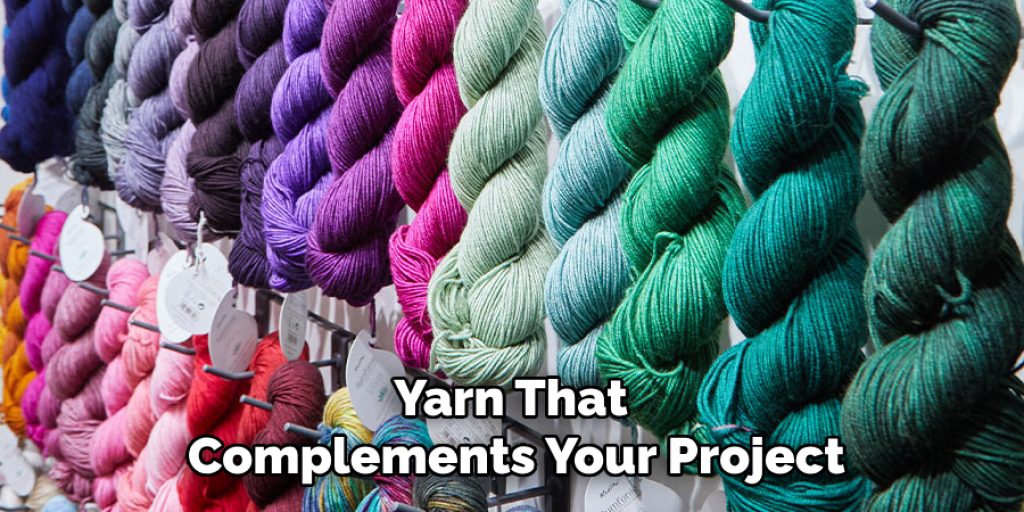
As a beginner, it’s advisable to start with a smooth, medium-weight yarn, as it tends to be easier to work with and allows for better visibility of your stitches. By carefully selecting both your hook and yarn, you set yourself up for successful, enjoyable crochet projects.
10 Methods How to Hold a Crochet Hook and Yarn
1. Pencil Grip
The pencil grip is a common method used by many crocheters. To hold your crochet hook like a pencil, position the hook between your thumb and index finger, similar to how you would hold a writing instrument. Your thumb should rest on the flat part of the hook, known as the thumb rest, while your index finger wraps around the top. This grip offers fine control over the hook’s movements and is particularly useful for intricate stitch patterns.
The pencil grip can help reduce hand fatigue, making it a comfortable option for long crochet sessions.
2. Knife Grip
Another popular method is the knife grip. To use this grip, hold the crochet hook like a knife used for cutting food. Your hand should cover the hook with your thumb resting on the thumb rest and your index finger on top of the hook, with the remaining fingers wrapped around the shaft. This grip provides a firm hold on the hook and is excellent for maintaining consistent tension in your stitches. The knife grip is often preferred by crocheters who want to crochet more quickly and with less strain on their hands.
3. Overhand Grip
The overhand grip is a variation of the knife grip. In this method, hold the crochet hook from above, with your thumb on the thumb rest and your other fingers wrapped around the hook’s shaft. This grip is similar to how you would hold a broomstick or a kitchen utensil. The overhand grip allows for more forceful movements, making it easier to pull the yarn through loops, especially when working with thicker yarns or complex stitches. This method can be beneficial for crocheters with larger hands or those who prefer a looser, more relaxed grip.
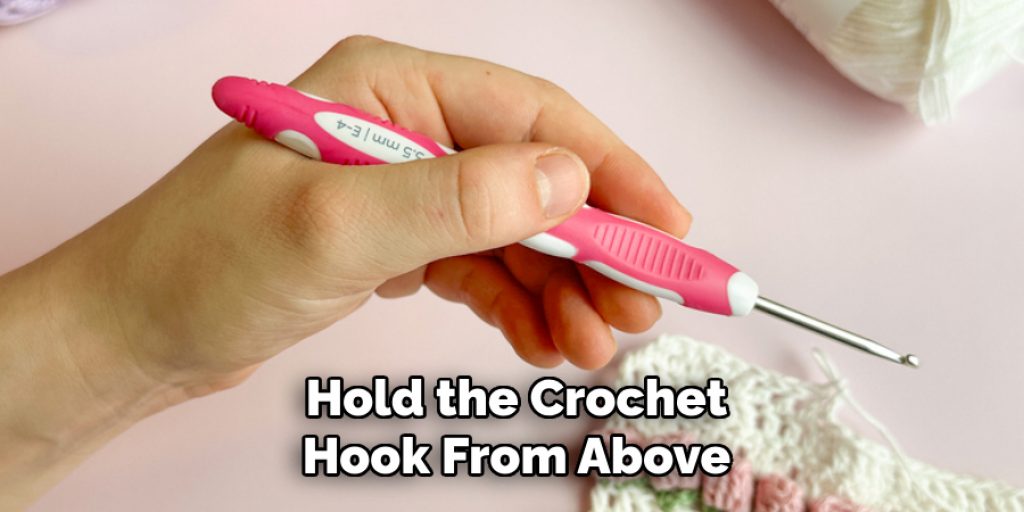
4. Underhand Grip
The underhand grip is less common but can be useful for certain techniques. To use this grip, hold the crochet hook from below, with your thumb on the thumb rest and your fingers wrapped around the shaft, but with your hand positioned underneath the hook. This method allows for a unique angle of movement, which can be helpful for specific stitches or when working in tight spaces. The underhand grip offers a different perspective on crochet, providing an alternative way to maneuver the hook and yarn.
5. Holding the Yarn in Your Right Hand
If you are right-handed, holding the yarn in your right hand can be an effective method. With this technique, loop the yarn over your right index finger and control the tension by adjusting the position of your fingers. Your right hand’s movements guide the yarn as you work the stitches with your left hand holding the hook.
This method is often used in combination with the pencil or knife grips and can help maintain consistent tension, resulting in even stitches. Holding the yarn in your right hand is a common approach for beginners learning the basics of crochet.
6. Holding the Yarn in Your Left Hand
For right-handed crocheters, holding the yarn in the left hand is the most traditional and widely taught method. With this technique, the yarn is looped over your left index finger, while the other fingers help control tension and feed the yarn to the hook. Your right hand holds the hook and executes the stitches.
This method allows for smooth and continuous yarn feeding, essential for maintaining an even stitch pattern. Holding the yarn in your left hand is often combined with the knife or pencil grip for optimal control and efficiency.
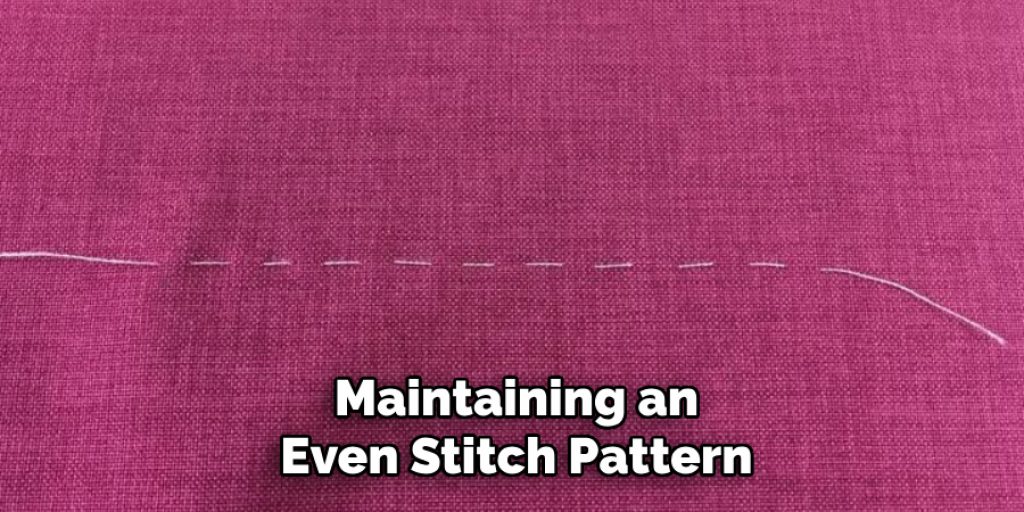
7. Continental Style
The continental style of holding the yarn is similar to how knitters hold their yarn. In this method, the yarn is held in the left hand, looped over the index finger, and tensioned by the other fingers. The right hand holds the hook and executes the stitches, similar to the knife grip. This style allows for quick movements and efficient yarn feeding, making it popular among crocheters who also knit or who prefer a faster technique. The continental style can help reduce hand fatigue and increase crocheting speed.
8. Combination Grip
The combination grip involves using elements of both the pencil and knife grips. To use this grip, hold the crochet hook like a pencil, but position your thumb and index finger closer to the hook’s shaft, similar to the knife grip. This method provides the control of the pencil grip with the stability of the knife grip. The combination grip is versatile and can be adjusted to suit different yarns and projects. This grip is ideal for crocheters who want to experiment with different techniques and find the most comfortable hold for their style.
9. Loose Tension Hold
Maintaining a loose tension hold can be particularly beneficial when working with delicate yarns or complex stitch patterns. In this method, hold the yarn and hook with a relaxed grip, allowing the yarn to flow smoothly through your fingers. Your thumb and index finger should lightly guide the hook, while the remaining fingers control the yarn tension.
A loose tension hold prevents the yarn from stretching or breaking and ensures your stitches remain even and consistent. This method is useful for projects that require a light touch and minimal strain on the yarn.
10. Tight Tension Hold
A tight tension hold is useful for creating firm, dense stitches, such as in amigurumi or other projects that require a stiff fabric. To achieve this hold, wrap the yarn more tightly around your fingers and maintain a firmer grip on the hook. Your thumb and index finger should control the hook’s movements with more precision, while the other fingers keep the yarn taut.
A tight tension hold ensures that your stitches are compact and uniform, providing the necessary structure for specific crochet techniques. This method is beneficial for projects where durability and stitch definition are important.
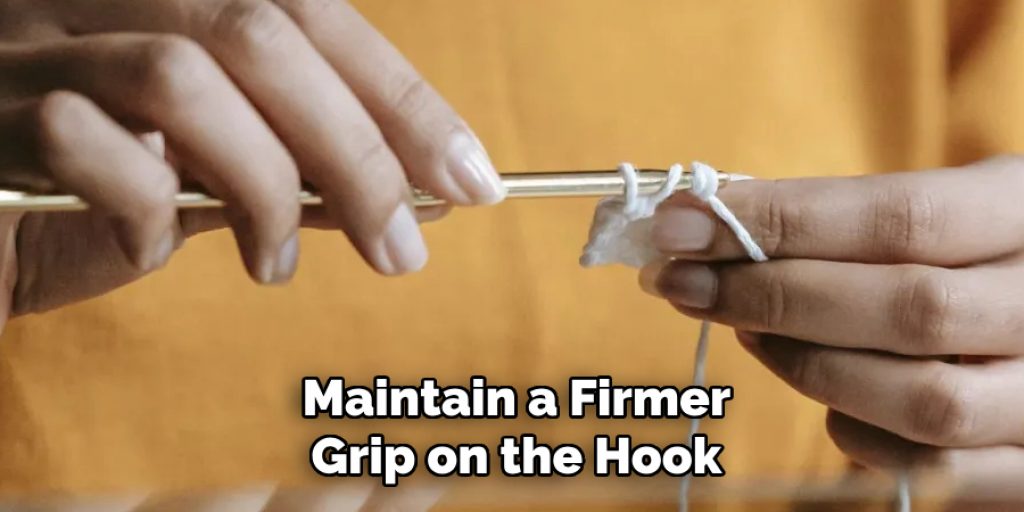
Conclusion
Mastering the various ways to hold a crochet hook and yarn can significantly enhance your crocheting experience. By experimenting with these ten methods—pencil grip, knife grip, overhand grip, underhand grip, holding the yarn in your right hand, holding the yarn in your left hand, continental style, combination grip, loose tension hold, and tight tension hold—you can find the techniques that work best for you.
Each method offers unique advantages and can be adapted to suit different projects, yarn types, and personal preferences. Developing a comfortable and effective hold will improve your speed, accuracy, and enjoyment of crocheting, allowing you to create beautiful, consistent stitches with ease.

